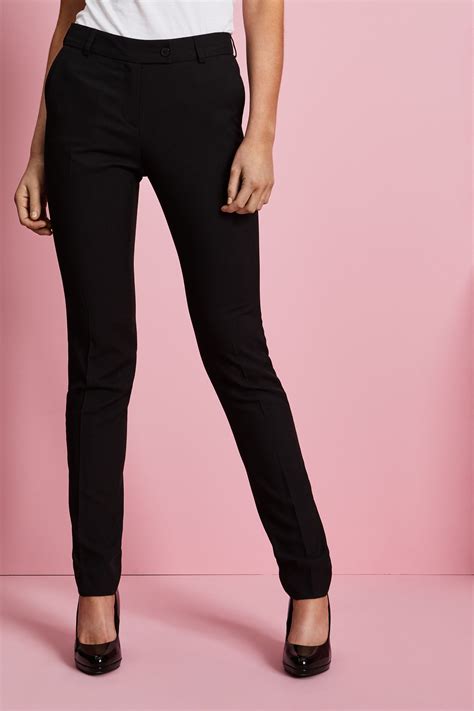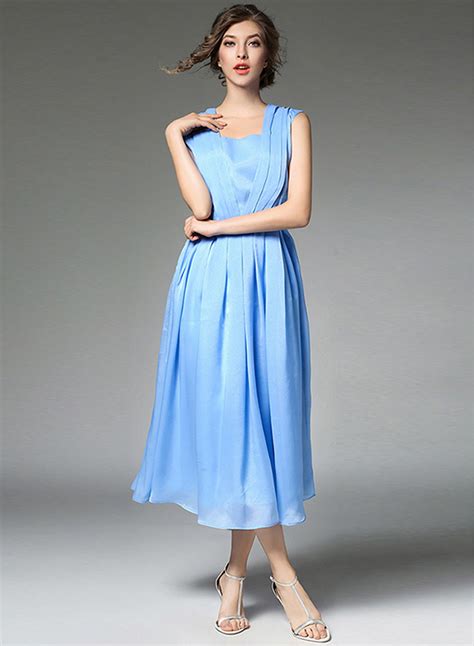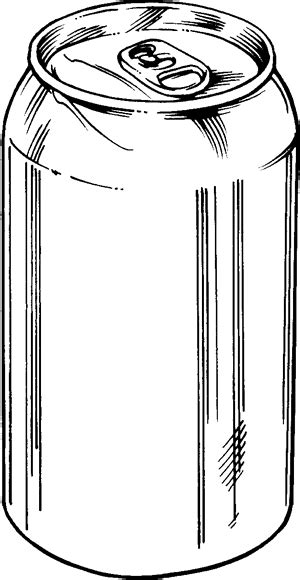Why a Perfect Fit is Your Style Secret Weapon
In the world of men’s fashion, trends come and go, but one truth remains constant: fit is king. No matter how expensive or designer your clothes are, if they don’t fit well, they won’t look good. A perfectly tailored garment doesn’t just hang on you; it enhances your physique, projects confidence, and elevates your entire presence. While off-the-rack clothing offers convenience, it’s rarely a perfect match for individual body types. This is where the magic of a good tailor comes in.
Investing in tailoring isn’t an extravagance; it’s a fundamental step towards mastering your personal style and presenting your best self to the world. It’s the difference between looking adequate and looking impeccably sharp.

Essential Adjustments for Every Garment
Understanding what can be tailored and what makes the biggest impact is crucial. Here are the key areas to focus on for different types of clothing:
Suits and Blazers
- Shoulders: This is non-negotiable. The shoulder pads should end precisely where your natural shoulders do. If this isn’t right, move on to another size or garment, as it’s often too complex and expensive to alter effectively.
- Sleeve Length: When your arms are at rest, your jacket sleeves should end just above your wrist bone, allowing about a quarter to half-inch of your shirt cuff to show. This creates a clean, intentional look.
- Jacket Length: The bottom hem of your jacket should cover your backside and typically end around the mid-point of your thumb when your arms are relaxed at your sides. Too long looks sloppy, too short looks childish.
- Waist Suppression: A good tailor can take in the sides of your jacket to create a gentle taper at the waist, giving you a more defined, flattering silhouette without feeling restrictive.
Trousers
- Waist Fit: Your trousers should sit comfortably on your natural waist without needing a belt to stay up. They shouldn’t be so tight that they pinch or create unsightly pulling.
- Inseam and Break: This refers to the length of your trousers. A modern, clean look often calls for a ‘no break’ or ‘slight break’ – meaning the hem just kisses the top of your shoes or creates a very subtle crease. Avoid excessive fabric pooling at your ankles.
- Leg Width: Trousers should offer a clean line down your leg, not be overly baggy or skin-tight. A slight taper from the thigh down to the ankle is often ideal for a contemporary fit.

Dress Shirts
- Collar Fit: You should be able to comfortably fit one finger between your collar and your neck when buttoned. Any tighter or looser is a sign of a poor fit.
- Sleeve Length and Width: Shirt sleeves should end at your wrist bone, just where your hand begins. The width should be snug enough to avoid excess fabric billowing but allow for comfortable movement.
- Torso Fit: A well-fitting shirt should follow the natural contours of your body without pulling across the chest or back, or ballooning out at the waist. Darts can be added to the back to achieve a slimmer fit.

Finding Your Tailor: A Relationship Worth Building
Just like finding a good barber or mechanic, finding a skilled tailor is an investment in your personal infrastructure. Look for a tailor who:
- Has Experience: Ask for recommendations or read reviews. Experience often translates to precision.
- Communicates Clearly: They should be able to explain the alterations they recommend and understand your desired outcome.
- Offers a Consultation: A good tailor will take their time, pin the garment on you, and discuss options.
- Provides Timely Service: While quality takes time, reasonable turnaround times are expected.
Start with a less expensive garment to test their work before entrusting them with your prized suit. Building a relationship with a good tailor means they’ll learn your preferences and body nuances over time, making future alterations even more seamless.

The Confidence Payoff
When your clothes fit you perfectly, you don’t just look better; you feel better. The subtle shift from ill-fitting to custom-fitted creates a powerful psychological boost. You stand taller, move with greater ease, and exude an unmistakable air of confidence and competence. This isn’t just about vanity; it’s about presenting a polished, put-together image that influences how others perceive you and, crucially, how you perceive yourself.
In essence, tailoring transforms ordinary garments into extensions of your personal style, ensuring that every piece you wear truly works for you. It’s the ultimate hack for men who want to elevate their style game without overhauling their entire wardrobe.
Conclusion
Mastering your fit through strategic tailoring is perhaps the most impactful step you can take to sharpen your men’s style and cultivate genuine confidence. It’s about respecting your individual physique and understanding that clothing should flatter, not hide. Embrace the art of alteration, find a skilled tailor, and watch as your wardrobe—and your self-assurance—transform.




